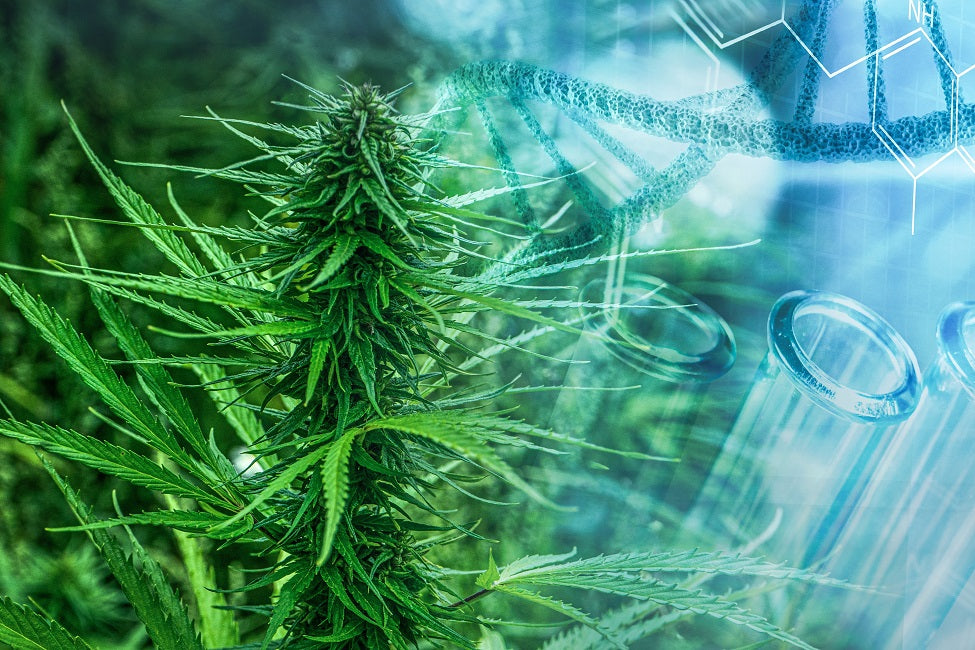Unveiling the Cannabis Conundrum: Understanding the Difference Between Indica, Sativa, and Hybrid Strains

Cannabis has been used for centuries for its medicinal and recreational properties. However, with the increasing legalization and availability of cannabis in various forms, it's important for consumers to understand the fundamental differences between different cannabis strains. Indica, sativa, and hybrid are the three main categories of cannabis strains, each with its own unique characteristics, effects, and uses. In this article, we will explore the differences between indica, sativa, and hybrid strains to help you make informed choices when consuming cannabis.
Indica strains are known for their relaxing and calming effects. They are typically associated with a "body high" and are often used for relaxation, stress relief, and pain management. Indica plants are usually shorter and bushier, with broader leaves and a faster flowering time. They are well-suited for indoor cultivation due to their compact size and are known for their higher CBD (cannabidiol) to THC (delta-9-tetrahydrocannabinol) ratio, which means they may have more medicinal properties and less psychoactive effects. Indica strains are often characterized by their earthy, musky, and sometimes sweet flavors and aromas.
On the other hand, sativa strains are known for their energizing and uplifting effects. They are often associated with a "head high" and are believed to stimulate creativity, focus, and sociability. Sativa plants are usually taller and thinner, with narrower leaves and a longer flowering time. They are well-suited for outdoor cultivation due to their height and are known for their higher THC to CBD ratio, which means they may have more psychoactive effects and less medicinal properties. Sativa strains are often characterized by their fruity, citrusy, and sometimes spicy flavors and aromas.
Hybrid strains, as the name suggests, are a combination of indica and sativa genetics. They are created by crossbreeding different cannabis plants to produce offspring with specific characteristics and effects. Hybrid strains can exhibit a wide range of effects, flavors, and aromas, depending on the genetics and the breeding process. Hybrid strains are classified as indica-dominant, sativa-dominant, or balanced, depending on the dominant genetics of the parent plants. Indica-dominant hybrids may have more relaxing effects, while sativa-dominant hybrids may have more energizing effects. Balanced hybrids are created by crossing indica and sativa plants in equal proportions and may offer a combination of both indica and sativa effects.
The effects of cannabis strains are believed to be influenced by the specific combination of cannabinoids, terpenes, and other compounds present in the plant. THC and CBD are the two most well-known cannabinoids found in cannabis, with THC being responsible for the psychoactive effects and CBD known for its potential medicinal properties. Indica strains are often associated with higher CBD content, which is believed to contribute to their relaxing and pain-relieving effects. Sativa strains, on the other hand, are often associated with higher THC content, which is believed to contribute to their stimulating and euphoric effects. However, it's important to note that the effects of cannabis can vary greatly from person to person and can be influenced by factors such as tolerance, dosage, and individual body chemistry.
In addition to cannabinoids, terpenes also play a significant role in the effects and flavors of cannabis strains. Terpenes are aromatic compounds found in cannabis that contribute to its distinct flavors and aromas. For example, myrcene, a terpene commonly found in indica strains, is believed to have sedative effects and contribute to the "couch-lock" sensation often associated with indica strains.


Leave a comment